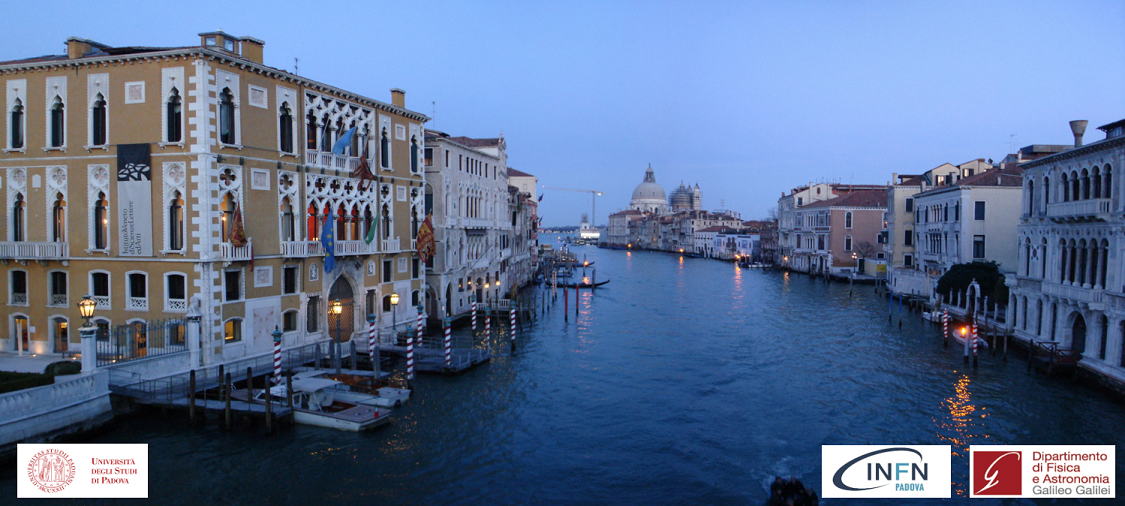Speaker
Description
Future ktonne-scale, scintillation-based neutrino detectors, such as THEIA, plan to exploit new and yet to be developed technologies to simultaneously measure Cherenkov and scintillation signals in order to provide a rich and broad physics program. These hybrid detectors will be based on fast timing photodetectors, novel target materials, such as water-based liquid scintillator (WbLS), and spectral sorting. Besides an overview on THEIA’s program for low energy astroparticle and particle physics this talk also gives an overview on a currently realized demonstrator experiment, called EOS. This novel detector with an approximately 4-tonne target fiducial volume is under construction at the UC Berkeley and LBNL (Lawrence Berkeley National Laboratory). The detector will provide a test-bed for these emerging technologies required for hybrid Cherenkov/Scintillation detectors. Furthermore, EOS will deploy calibration sources to verify the optical models of WbLS and other liquid scintillators with slow light emission, to enable an extrapolation to ktonne-scale detectors. This input will support the development of advanced techniques for reconstructing event energy, position, and direction in hybrid detectors significantly. After achieving these goals, EOS can be moved near a nuclear reactor or in a particle test-beam to demonstrate neutrino event reconstruction or detailed event characterization within these novel detectors.

